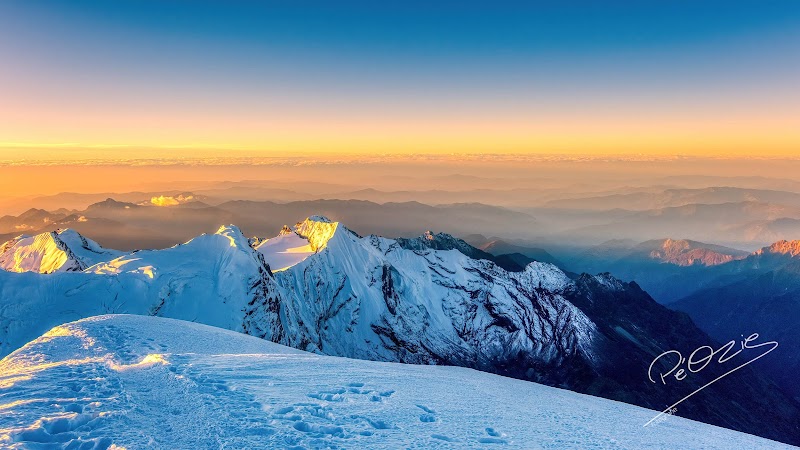
Sagarmatha National Park Buffer Zone, Sagarmatha National Park Adventures
The Sagarmatha National Park Buffer Zone surrounds Nepal’s iconic Sagarmatha National Park, providing ecological protection and community-managed forest areas that support sustainable tourism and local livelihoods in the Everest region.
About Sagarmatha National Park Buffer Zone, Sagarmatha National Park

Sagarmatha National Park Buffer Zone acts as a protective perimeter around the core Sagarmatha National Park, located in the northeastern Himalayas of Nepal. This area extends the functional conservation space beyond the park’s boundaries through community forestry programs and sustainable resource management. The Buffer Zone covers lower elevations than the high alpine park, featuring montane forests, rich biodiversity, and traditional Sherpa villages. It plays a critical role in safeguarding wildlife habitat and preventing ecological degradation while allowing controlled resource use by local populations. The Buffer Zone includes rhododendron, fir, and pine forests, which provide shelter to species such as the red panda, Himalayan black bear, and musk deer. The cultural heritage of the region is vivid, with villages like Namche Bazaar and Khumjung located close to the Buffer Zone, serving as gateways for trekkers heading towards Everest Base Camp. Recreational opportunities here include hiking along scenic trails that connect villages, bird watching, and cultural exploration. The Buffer Zone is essential for managing tourism impacts, supporting traditional agriculture, and promoting conservation education through collaborative community efforts. It was designated alongside the park to foster ecosystem integrity and balance human needs with environmental protection. Visitors appreciate the Buffer Zone for its relatively accessible trekking routes, natural beauty, and close interaction with local Sherpa communities while respecting conservation goals.
Highlights
Rhododendron and pine forest ecosystems supporting diverse wildlife
Community-managed forest programs fostering sustainable use
Gateway villages like Namche Bazaar offering cultural experiences
Views of Mount Everest from Buffer Zone trekking paths
Notable Natural Features
Community Forestry Areas
Managed forests where local communities actively participate in conservation and sustainable resource harvesting.
Namche Bazaar
The principal trade and acclimatization hub for trekkers near the Buffer Zone with cultural sites and markets.
Diverse Forest Types
Varied forest ecosystems ranging from broadleaf deciduous to coniferous trees supporting Himalayan biodiversity.
